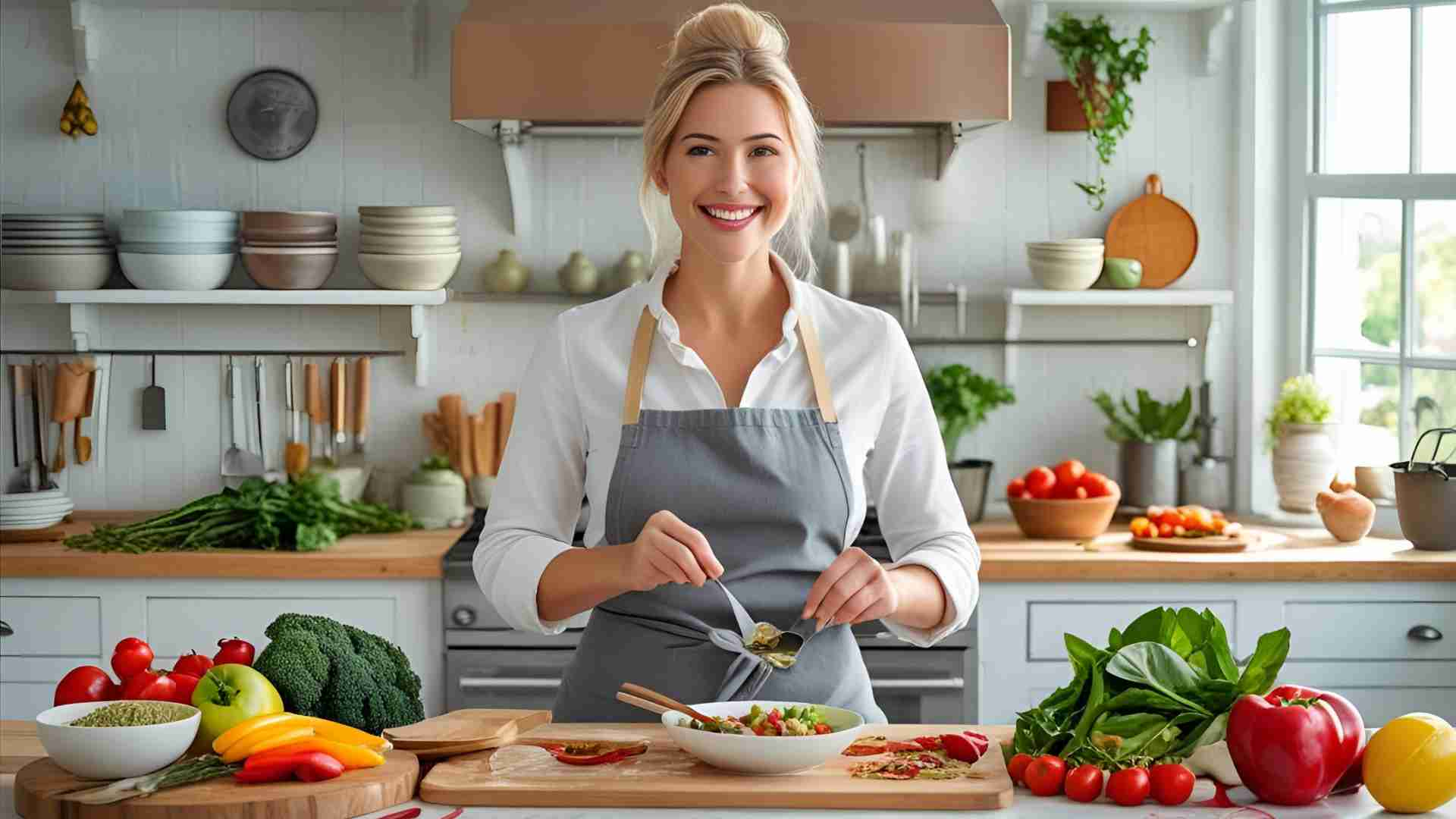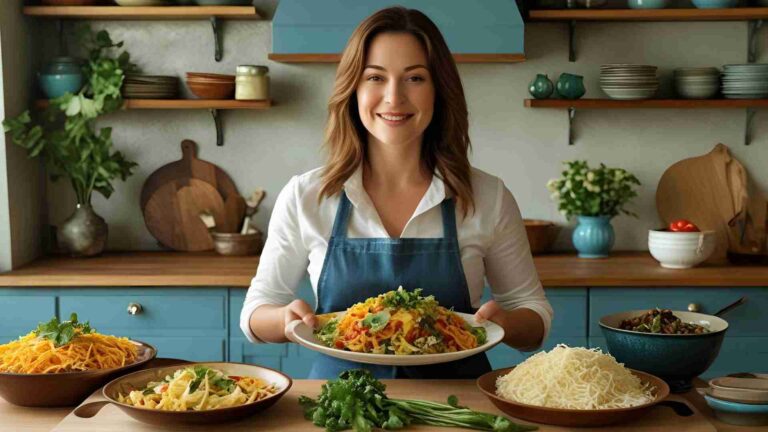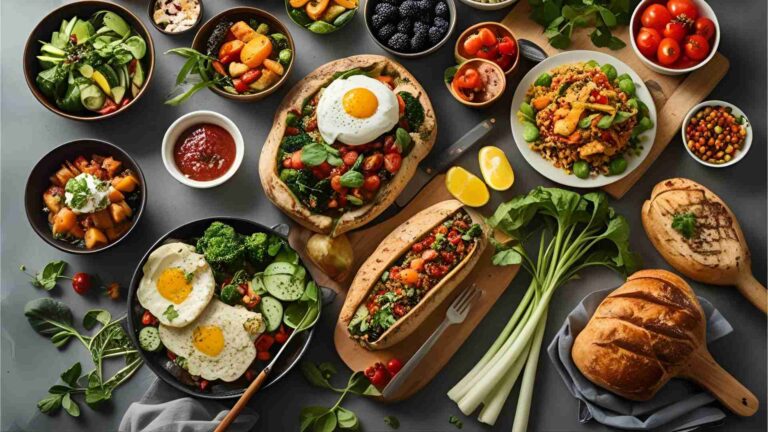How to Become a Recipe Tester
Learn how to become a recipe tester with our comprehensive guide. Discover essential skills, portfolio tips, and strategies to turn your passion into a career.
Recipe testing is a unique and rewarding career path for food enthusiasts who possess a keen eye for detail, a methodical approach to cooking, and a passion for perfecting recipes. Unlike traditional culinary roles, recipe testing doesn’t require a formal culinary degree, making it accessible to home cooks with the right skills and determination. This comprehensive guide outlines a seven-step roadmap to becoming a professional recipe tester, drawing on insights from industry experts like Emily Teel and Louiie Victa, as well as practical strategies to build a sustainable career. Whether you’re a home cook looking to break into the food industry or a seasoned kitchen worker seeking a new path, this guide will help you navigate the journey from testing recipes in your kitchen to securing paid opportunities with food brands, publications, and cookbook authors.
What Is Recipe Testing?
Recipe testing is a critical step in the recipe development process, ensuring that recipes are accurate, reproducible, and accessible to home cooks. Testers follow recipes exactly as written, evaluate their clarity and functionality, and provide detailed feedback to refine instructions, ingredient lists, and cooking methods. This role is essential for major food publications, cookbook authors, and test kitchens, as it guarantees that recipes perform consistently for a wide audience.
The beauty of recipe testing lies in its accessibility. As Emily Teel, a Philadelphia-based food editor and recipe tester, notes, “Most recipes are written for home cooks—for people who aren’t using high-tech equipment.” This means that anyone with a well-equipped home kitchen, strong observational skills, and a commitment to precision can excel in this field. However, turning recipe testing into a career requires strategy, persistence, and a diverse skill set.
Why Pursue a Career in Recipe Testing?
Before diving into the steps, it’s worth understanding why recipe testing is an appealing career choice:
- Low Barrier to Entry: No formal culinary education is required, making it accessible to passionate home cooks.
- Flexibility: Many recipe testing roles allow you to work from home, fitting projects around your schedule.
- Creative and Analytical Balance: The role combines the joy of cooking with the intellectual challenge of evaluating and refining recipes.
- Diverse Opportunities: Recipe testers can work with food bloggers, cookbook authors, major publications, or food brands, with potential to expand into recipe development, food photography, and consulting.
- Rewarding Outcomes: Successfully testing a recipe can lead to recognition in cookbooks or publications and the thrill of contributing to dishes enjoyed by countless home cooks.
However, the path isn’t without challenges. As some industry voices point out, recipe testing can be competitive, and paid opportunities may be limited, especially for beginners. The key is to start small, build a strong portfolio, and diversify your skills to create a sustainable career.
A Seven-Step Roadmap to Becoming a Professional Recipe Tester
1. Build a Strong Culinary Foundation
While a culinary degree isn’t necessary, a broad understanding of cooking techniques and cuisines is essential. Recipe testers often work with diverse recipes, from baking intricate pastries to preparing savory international dishes. Emily Teel emphasizes the importance of “kinetic knowledge” gained through hands-on experience in various kitchens.
How to Build Your Culinary Foundation:
- Gain Kitchen Experience: Work in restaurants as a prep cook, line cook, or server to develop practical skills and exposure to different cooking styles. Even short-term roles can provide valuable insights.
- Self-Directed Learning: Borrow cookbooks from your library or follow online recipes to practice a wide range of techniques, from braising to fermentation.
- Explore Diverse Cuisines: Test recipes from various culinary traditions to broaden your expertise. For example, one day you might test a Mediterranean salad, and the next, a Southeast Asian curry.
Recommended Resources:
- Online Platforms: Websites like Serious Eats or Bon Appétit offer detailed recipes to practice with.
- Cookbook Libraries: Check out cookbooks from authors like Yotam Ottolenghi or Dorie Greenspan for complex recipes to hone your skills.
Example Workflow for Building Experience:
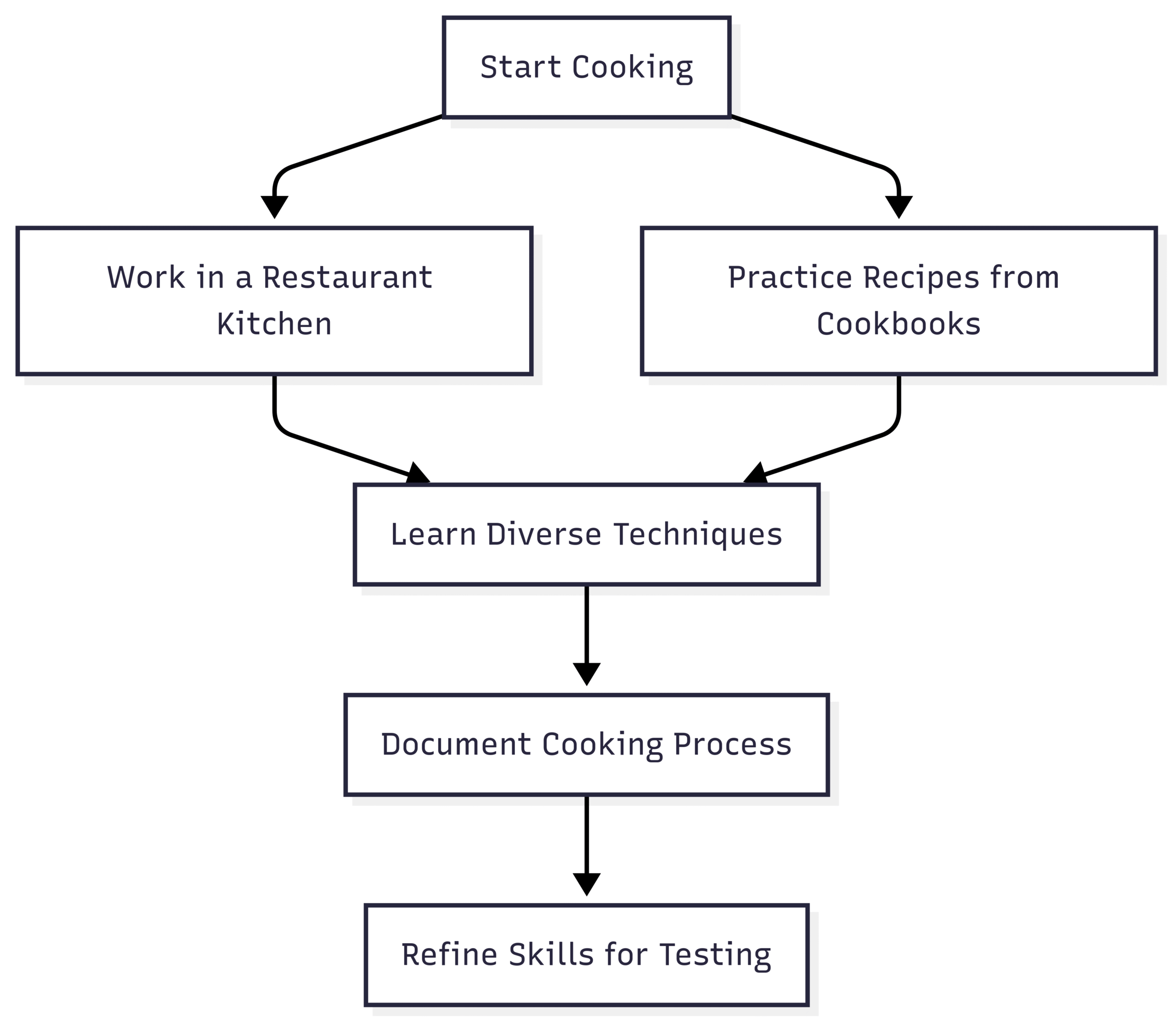
2. Develop Observation and Documentation Skills
Recipe testing is less about culinary creativity and more about precision and observation. As Emily Teel notes, “It’s less about being a really good cook and more about being a really thorough observer.” Your job is to follow instructions exactly, identify discrepancies, and provide clear, actionable feedback.
Key Skills to Develop:
- Detailed Note-Taking: Record every step, including ingredient measurements, cooking times, visual cues, and outcomes. For example, if a recipe says to “sweat onions for 8–10 minutes,” note whether the onions were translucent at 8 minutes or needed 12.
- Objective Evaluation: Assess whether instructions are clear and reproducible for home cooks. For instance, does the recipe specify pan size or heat level?
- Long-Term Testing: Evaluate how dishes hold up after storage (e.g., refrigerated overnight or frozen) to ensure practicality for home use.
Practical Tips:
- Use a notebook or digital tool like Notion to log your testing process.
- Create a standardized template for feedback, including sections for ingredients, method, timing, and suggestions for improvement.
- Test recipes multiple times to confirm consistency and identify potential errors.
Sample Feedback Template:
| Section | Details |
|---|---|
| Recipe Name | [e.g., Classic Chocolate Chip Cookies] |
| Ingredients | [List exact measurements used, note any substitutions] |
| Method | [Summarize steps followed, highlight unclear instructions] |
| Timing | [Record actual vs. stated cooking times, e.g., “Baked for 12 min, not 10”] |
| Outcome | [Describe texture, flavor, appearance; note successes or issues] |
| Suggestions | [Propose changes, e.g., “Add note to use room-temperature butter”] |
3. Start with Volunteer Opportunities
Breaking into recipe testing often begins with unpaid opportunities to build experience and credibility. Programs like America’s Test Kitchen’s volunteer testing initiative allow home cooks to test up to three recipes per week. While unpaid, these programs provide exposure to industry standards and help you refine your skills.
Where to Find Volunteer Opportunities:
- America’s Test Kitchen: Sign up for their volunteer program to test recipes for their publications and cookbooks.
- Local Food Bloggers: Reach out to independent bloggers who need help testing recipes but lack the budget for paid testers.
- Indie Cookbook Authors: Contact self-published authors via social media or email to offer testing services in exchange for portfolio credit.
Tips for Success:
- Treat volunteer work as a professional project to build a reputation for reliability.
- Request permission to include tested recipes in your portfolio (after publication).
- Seek testimonials or acknowledgments to enhance your credibility.
4. Build a Professional Portfolio
A strong portfolio is your ticket to paid recipe testing opportunities. It showcases your ability to test, document, and refine recipes, making you attractive to food bloggers, cookbook authors, and publications. Louiie Victa, a former restaurant chef turned recipe tester and food photographer, emphasizes the importance of building a portfolio strategically through consistent documentation and networking.
Components of a Strong Portfolio:
- Detailed Testing Logs: Include notes on ingredients, methods, outcomes, and suggested improvements.
- Visual Documentation: Add photos of the finished dish to demonstrate presentation and execution.
- Variety of Recipes: Showcase experience with diverse cuisines, techniques, and recipe formats (e.g., magazine-style, blog-based).
- Objective Feedback: Highlight your ability to evaluate recipes without personal bias.
Why a Food Blog Is Ideal:
A food blog is the perfect platform to display your portfolio. It allows you to:
- Organize recipes in a searchable, professional format.
- Demonstrate recipe writing and formatting skills.
- Incorporate SEO-friendly content to attract potential clients.
- Monetize your work through affiliate links or sponsored posts.
Recommended Tool: WP Recipe Maker
For WordPress users, WP Recipe Maker is a powerful plugin to enhance your blog-based portfolio. It offers:
- Customizable recipe templates for professional presentation.
- Features like adjustable servings, nutritional info, and print-friendly cards.
- Automatic SEO optimization to improve Google rankings.
- Integration with affiliate links for monetization.
Ethical Considerations:
As Birthe Vandermeeren of Bootstrapped Ventures advises, “Ethics matter—if you’re testing recipes for a company, get permission before posting any tested recipes.” Focus on sharing original recipes or published recipes with approval to avoid conflicts.
5. Master Outreach and Networking
Securing paid recipe testing opportunities requires proactive outreach and strategic networking. While major publications like Bon Appétit have in-house test kitchens, indie authors, small food blogs, and food startups often need freelance testers. These clients are your best entry points.
Crafting an Effective Outreach Email:
Here’s a sample email to pitch your services:
Subject: Freelance Recipe Tester for Your Next Project
Hi [Recipient’s Name],
I’m a detail-oriented recipe tester with experience refining recipes for clarity, accuracy, and reproducibility. I specialize in [e.g., baking or vegan cuisine] and have worked with [e.g., local bloggers or America’s Test Kitchen]. My portfolio, available at [Portfolio Link], showcases my testing process and feedback.
I’d love to support your upcoming projects by ensuring your recipes are foolproof for home cooks. Could we schedule a quick call to discuss how I can help?
Best,
[Your Name]
Networking Strategies:
- Connect with Food Bloggers: Offer to test recipes for free or in exchange for testimonials to build relationships.
- Join Online Communities: Participate in subreddits like r/KitchenConfidential or Facebook groups for food writers to find opportunities.
- Attend Industry Events: Food expos, cookbook launches, or virtual panels are great places to meet potential clients.
- Leverage Social Media: Follow and engage with chefs, bloggers, and publishers on platforms like Instagram or X.
Pro Tip:
Focus on building relationships rather than chasing job postings. Long-term connections with food bloggers or authors can lead to consistent work.
6. Prepare for Challenges and Celebrate Successes
Recipe testing isn’t always glamorous. As Emily Teel warns, “There will be recipes that will not work as written.” You may face ingredient fatigue or repeated failures, which can be frustrating. However, the thrill of perfecting a recipe—especially a complex or innovative one—makes the effort worthwhile.
Common Challenges:
- Recipe Failures: Some recipes may require multiple attempts to identify issues, such as incorrect measurements or unclear instructions.
- Time Management: Balancing testing schedules with personal meals can be tricky, as Teel notes: “You may find yourself making chicken dumplings as you sip your morning coffee.”
- Unpaid Work: Early opportunities may be unpaid, requiring you to weigh the value of experience against time spent.
How to Overcome Challenges:
- Stay Organized: Divide testing tasks over several days to avoid burnout.
- Embrace Failure: View unsuccessful recipes as opportunities to provide valuable feedback.
- Celebrate Wins: When a recipe works perfectly, document the success to boost your portfolio and morale.
7. Diversify Your Skills and Income Streams
To build a sustainable career, diversify your skill set and explore complementary roles. Many recipe testers expand into recipe development, food photography, content creation, or consulting, creating multiple revenue streams.
Additional Roles to Explore:
- Recipe Development: Use your testing expertise to create new recipes for brands or publications.
- Food Photography and Styling: Learn to photograph your tested dishes to provide visual feedback, increasing your value to clients.
- Content Creation: Monetize your food blog with affiliate links, sponsored posts, or cookbook ghostwriting.
- Consulting: Offer recipe testing and menu development services to restaurants or food startups.
Income Stream Potential:
| Role | Potential Income Source | Tools/Platforms |
|---|---|---|
| Recipe Testing | Freelance fees, publication contracts | America’s Test Kitchen, food blogs |
| Recipe Development | Brand partnerships, cookbook contributions | Anova Culinary, Eater |
| Food Photography | Stock photo sales, client deliverables | Adobe Lightroom, Canva |
| Food Blogging | Affiliate links, sponsored content | WP Recipe Maker, Mediavine |
| Consulting | Restaurant menu development, startup projects | Local restaurants, food expos |
Example Workflow for Diversification:
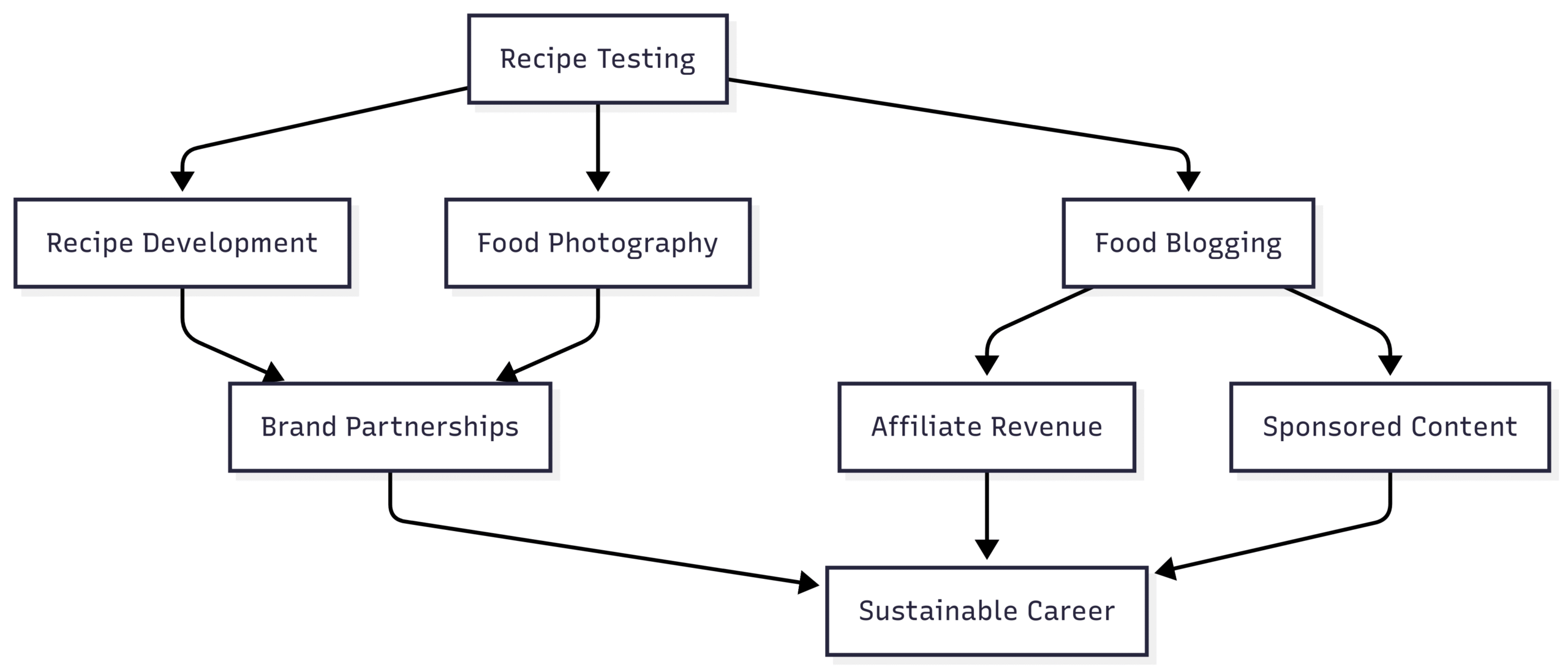
Overcoming Common Obstacles
Some skeptics, like Reddit user cool_hand_luke, argue that recipe testing isn’t a viable career due to limited paid opportunities and competition from culinary school graduates. While these concerns are valid, they overlook the growing demand for freelance testers in the digital age. Food blogs, self-published cookbooks, and food startups are increasingly reliant on skilled testers, creating opportunities for those who position themselves strategically.
Countering Common Myths:
- Myth: “There’s no market for recipe testers.”
Reality: Indie authors and small food brands often lack in-house testing teams, creating freelance opportunities. - Myth: “Culinary school is a must.”
Reality: Practical experience and a strong portfolio can outweigh formal education. - Myth: “You can’t make a living from recipe testing.”
Reality: By diversifying into recipe development, photography, and blogging, you can create a sustainable income.
Tools and Resources for Success
To excel as a recipe tester, invest in tools that streamline your workflow and enhance your portfolio:
- Kitchen Equipment: A reliable oven, stovetop, digital scale, and thermometer are essential for precise testing.
- Documentation Tools: Use Notion, Evernote, or Google Docs for organized note-taking.
- Portfolio Platforms: WordPress with WP Recipe Maker for professional recipe presentation.
- Learning Resources: Books like The Recipe Writer’s Handbook and online courses from Food Blogger Pro.
Pricing for Key Tools:
| Tool | Purpose | Cost |
|---|---|---|
| Digital Scale | Precise ingredient measurements | $20–$50 |
| Thermometer | Accurate temperature readings | $15–$100 |
| WP Recipe Maker | Recipe formatting and SEO | $49/year (Basic Plan) |
| Food Blogger Pro | Recipe development courses | $349/year |
Launching Your Recipe Testing Career
Becoming a professional recipe tester is a journey that starts with small, deliberate steps. Begin by gaining experience through volunteer programs like America’s Test Kitchen, build a robust portfolio through a food blog, and network strategically with food bloggers and indie authors. As you refine your skills, diversify into recipe development, food photography, and content creation to create a sustainable career.
With tools like WP Recipe Maker, you can present your work professionally, optimize for SEO, and monetize your blog, turning your passion for food into a profitable career. As Louiie Victa advises, “You don’t need to wait to have all your ducks in a row. You can get them in line as you go.” Start testing, documenting, and networking today, and you’ll be well on your way to becoming a professional recipe tester.
Please share these How to Become a Recipe Tester with your friends and do a comment below about your feedback.
We will meet you on next article.
Until you can read, The Pomodoro Technique — Why it works & how to do it
